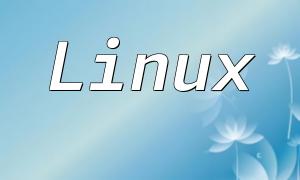With the continuous development of web applications, PHP form handling technology has been evolving to meet increasingly complex form processing needs. This article will explore the future trends in PHP form handling, focusing on emerging technologies and innovative practices.
Traditional form submission often requires a page refresh, which interrupts the user experience. Asynchronous form submission, through technologies such as AJAX or WebSockets, allows the form to submit data without refreshing the page, thus improving the user response speed.
PHP form validation libraries (such as Laravel ORM Request or Symfony Validator) provide a consistent API for validating form inputs, reducing repetitive code and enhancing code maintainability. These libraries support a wide range of validation rules, including numbers, emails, and regular expression matching.
With the widespread adoption of HTML5, client-side form validation has become increasingly popular. By using JavaScript or CSS, preliminary validation can be performed in the browser before form submission, reducing dependency on server-side validation. This improves form submission efficiency and security.
To enhance the security of form submissions, multi-factor authentication (MFA) is becoming more common. MFA combines multiple authentication methods (such as email, SMS, and biometrics), making unauthorized access more difficult.
With the rise of mobile devices, responsive forms are essential to meet the needs of different screen sizes. Responsive form technologies ensure that forms display and function properly across various devices, providing a seamless user experience.
Form automation tools (such as FormBuilder or Formstack) simplify the form creation and management process. These tools offer drag-and-drop interfaces to create complex forms without coding and support features like integration, workflows, and analytics.
Serverless architecture holds promise for PHP form handling, as it eliminates the burden of server management. Serverless platforms (such as AWS Lambda or Azure Functions) allow resources to scale up and down automatically as needed, optimizing costs and providing high scalability.
Artificial Intelligence (AI) plays an increasingly important role in form analysis. AI algorithms can automatically recognize patterns and insights in form data, helping businesses improve form design, optimize user experience, and detect potential fraudulent activities.
Blockchain technology offers a unique solution for the security and immutability of form handling. By storing form data in a distributed ledger, it prevents unauthorized changes and enhances trust in form submissions.
PHP form handling is also evolving in terms of integration with third-party services. Through APIs or Webhooks, form data can be seamlessly sent to CRMs, marketing automation platforms, and other external systems, enabling business process automation and data sharing.
The future of PHP form handling is full of innovation and opportunity. With the continuous emergence of new technologies, developers can create and manage forms in more efficient and secure ways, enhancing user experience and optimizing business processes.









